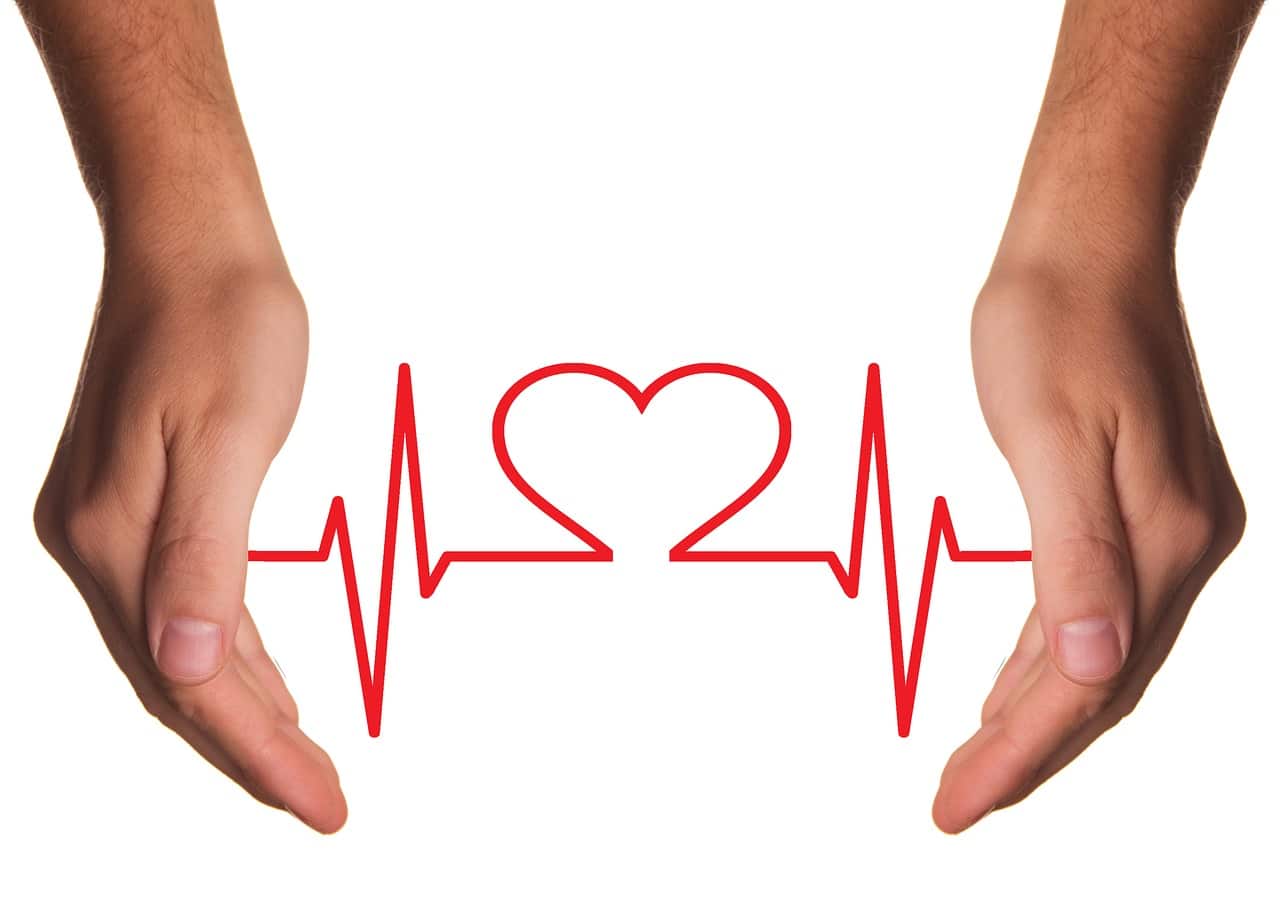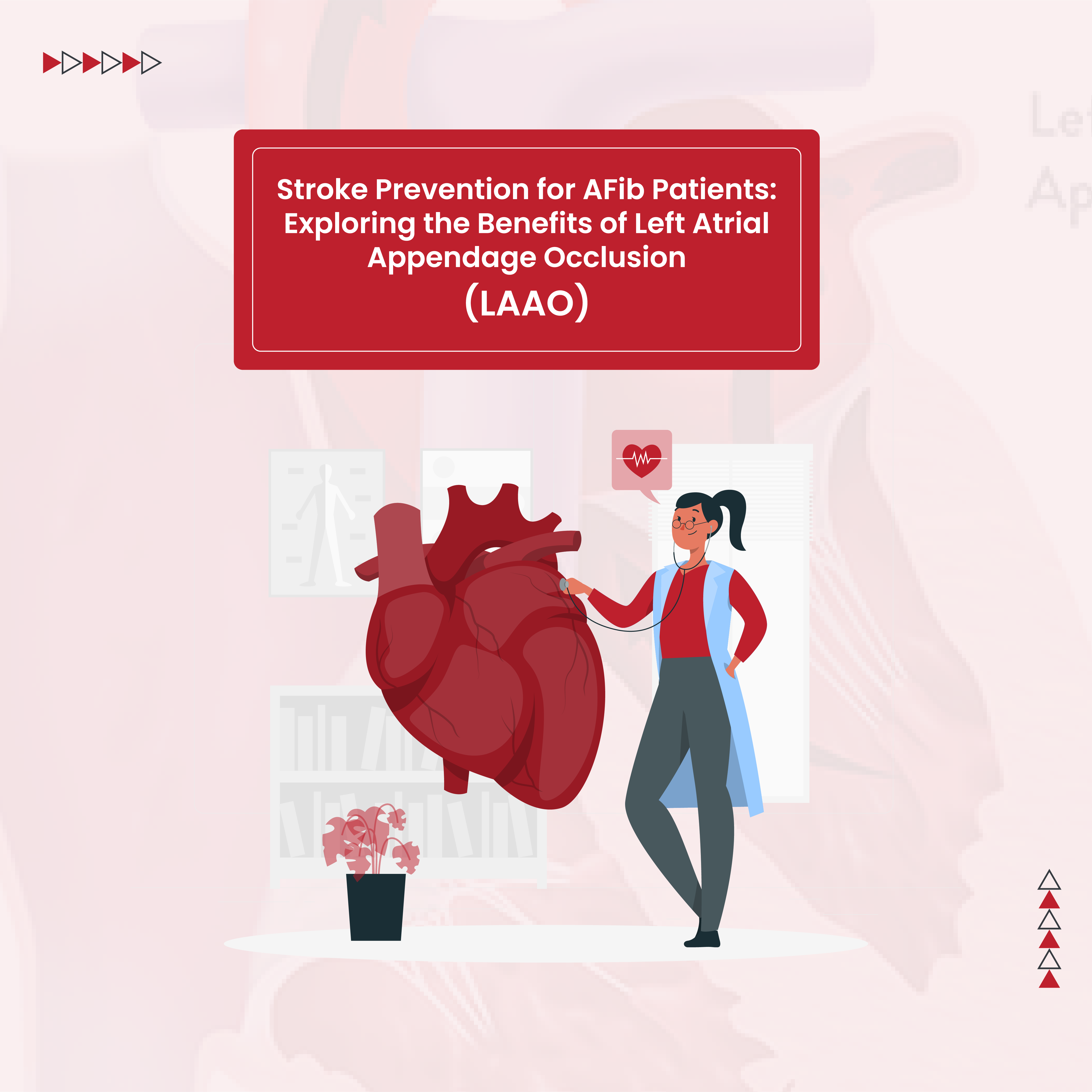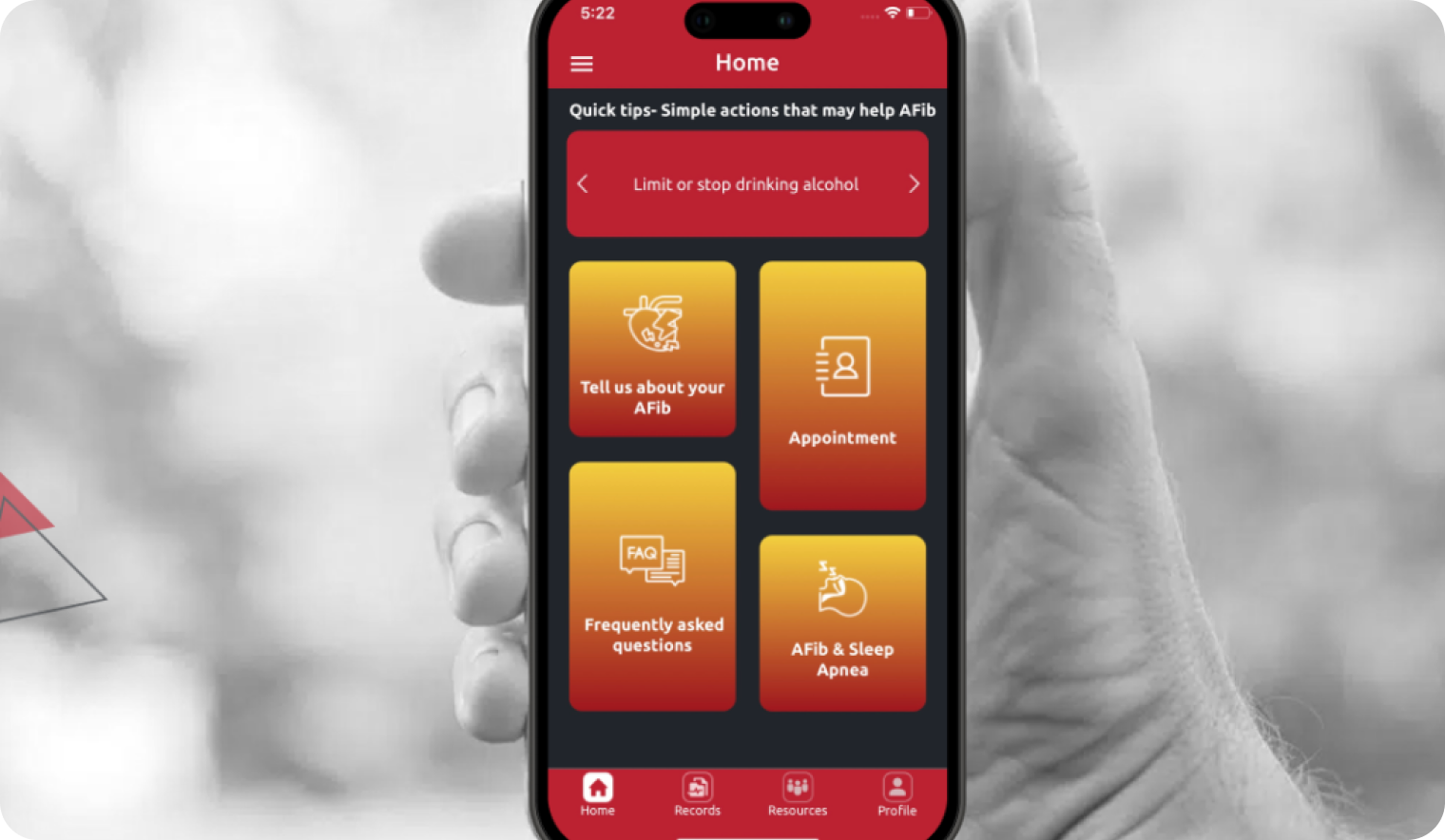Atrial fibrillation (AFib) is a heart arrhythmia (abnormal heart rhythm) that causes a rapid, irregular, heartbeat. There are three primary goals of AFib treatment which include: alleviation of symptoms, prevention of heart failure, and stroke risk reduction. The first two AFib treatment goals are achieved through rate and/or rhythm control. Rate control treatment methods target the excessively high heart rate that can occur with AFib. Rhythm control treatment strategies focus on the arrhythmia and attempt to maintain or restore a normal heart rhythm. Tools such as atrial fibrillation medications, ablation, electrical cardioversion, or pacemakers are commonly used in AFib treatment.
Whether your doctor recommends rate vs. rhythm control for your AFib will depend on the type of atrial fibrillation you have, how symptomatic you are with the heart-rhythm abnormalities, and if you have developed AFib complications like heart failure.
How serious is heart ablation surgery?
Rhythm control is achieved using antiarrhythmic medications or cardiac ablation. Studies comparing cardiac ablation and antiarrhythmic drugs for the management of atrial fibrillation have shown that ablation is more effective, results in greater improvements in quality of life, and is associated with fewer adverse events than antiarrhythmic drugs.
Types of atrial fibrillation ablation
Catheter ablation. Catheter ablation is a minimally invasive procedure and there are no incisions on the chest. During catheter ablation, the doctor inserts a catheter (small flexible tube) into a blood vessel (usually in the groin) and guides the catheter up into the heart.
A catheter ablation treats atrial fibrillation by using heat (radiofrequency) or freezing (cryoablation) energy to create scar tissue inside the heart. This scar tissue blocks the electrical impulses that cause AFib.
The procedure usually takes a few hours and is done under general anesthesia. You will stay typically overnight in the hospital after a catheter ablation and go home the following day. It is normal to have some chest discomfort for up to a week or so after the procedure which is usually treated with anti-inflammatory medications.
Minimally-invasive maze procedure. A minimally-invasive maze, or mini-maze, treats atrial fibrillation from the outside of the heart and is more invasive than a catheter ablation. A mini-maze is performed by a cardiac surgeon who will gain access to the heart via small incisions in the chest wall. A small video camera is used to allow the surgeon to visualize the heart throughout the procedure.
The surgeon then burns or freezes tissue on the back wall of the upper left heart chamber (left atrium) to create a maze of scar tissue that blocks the abnormal AFib impulses.
A mini-maze is done under general anesthesia. You will usually stay in the hospital for 2-3 nights after a mini-maze. Chest pain and shortness of breath are normal in the first week or two after a mini-maze.
Open-heart surgical ablation. If you have atrial fibrillation and need to have open heart surgery to treat a different heart condition (i.e. coronary artery bypass graft, valve repair or replacement), your heart surgeon may do an AFib ablation during open heart surgery. To perform the ablation, the surgeon will create a maze of scar tissue on the posterior wall of the left atrium using heat, freezing or a scalpel. You will be under general anesthesia during your surgery. Your postoperative hospital stay and recovery are usually determined by the primary heart condition that required open heart surgery.
How successful is ablation for Heart Arrhythmia?
Catheter ablation. Catheter ablation is most effective for paroxysmal (intermittent) atrial fibrillation. Approximately 70 to 75% of people with paroxysmal AFib who undergo catheter ablation are symptom free at 1 year. The success rate of catheter ablation is still about 60% for persistent (continuous) AFib. However, the success rate for chronic atrial fibrillation which has been present for over a year is poor and therefore catheter ablation is generally not recommended in these cases.
Research has shown that 20-40% of people who undergo catheter ablation for atrial fibrillation will have recurrence of atrial fibrillation within 1 year. However, the frequency, severity and duration of AFib episodes is significantly reduced after ablation. In 2019, a study published in the journal Circulation found that patients who underwent cryoablation experienced a 99% reduction in atrial fibrillation burden compared to study participants who did not get ablation and were managed with antiarrhythmic medications.
Radiofrequency and cryoablation are the two most common catheter ablation methods. Clinical trials that have compared cryoablation and radiofrequency ablation found that they had similar overall success rates and resulted in similar improvements in quality of life. Radiofrequency ablation has been shown to have a slightly higher need for repeat ablation compared to cryoablation.
Surgical ablation. Surgical ablation has a 70-95% success rate. While it is more effective than cryoablation, it is also more invasive and has a higher rate of complications. Therefore, surgical ablation is usually reserved for patients who have persistent atrial fibrillation, have had unsuccessful catheter ablation(s), or who need open heart surgery for other heart conditions.
Does ablation weaken the heart?
Cardiac ablation is an invasive procedure and while it is generally safe and effective, there are risks involved. The overall risk of a major complication associated with catheter ablation is 4-5%. Injuries to the blood vessels at the catheter insertion site (usually the groin) are the most common complication and occur in about 5% of catheter ablations. Other serious complications include stroke and injury to heart structures, esophagus, phrenic nerve or pulmonary veins. Death occurs rarely after cardiac ablation (approximately 1 in 1000 patients).
Do you need a pacemaker after ablation?
Catheter or surgical AFib ablation. Most people do not need a pacemaker after an atrial fibrillation ablation. However, studies have found that up to 5% of people who undergo catheter ablation and 13% of those who get a surgical ablation will need a permanent pacemaker within 1 year after ablation.
AV node ablation. AV node ablation is considered a treatment for AFib even though it does not actually treat the abnormal heart rhythm that is atrial fibrillation. AV node ablation eliminates the electrical connection between atria and ventricles so that the chaotic, irregular electrical signals in the atria cannot travel to the ventricles and cause irregular heartbeats.
An AV node ablation may be recommended if your AFib has not been adequately controlled with medications or other procedures. It is usually considered to be a last resort treatment option because after AV node ablation a permanent pacemaker is required in order to maintain a normal heart rate.
Will a pacemaker control atrial fibrillation?
To understand why pacemakers are sometimes used in atrial fibrillation treatment, let’s first review how the heart normally beats. There are four chambers in the heart: two upper chambers (atria) and two lower chambers (ventricles). The heartbeat starts with an electrical impulse in the sinus node, which is the heart’s internal pacemaker. When functioning normally, it generates electrical impulses that make the heart beat approximately 60 to 100 times per minute when you are at rest. As your activity increases, the sinus node will drive the heart rate higher to keep up with your body’s increased oxygen demands.
The electrical impulse that originates in the sinus node travels throughout the atria and down to the AV node which sits at the electrical junction between the atria and ventricles. The AV node sends the electrical signal down to the ventricles which causes the lower chambers to contract and pump blood out of the heart to the rest of the body.
If the sinus node does not generate enough electrical signals to maintain a normal heart rate, a person can develop symptomatic bradycardia (low heart rate). This is called sinus node dysfunction.
Many people with atrial fibrillation also have sinus node dysfunction. Sinus node dysfunction in the setting of atrial fibrillation leads to tachycardia-bradycardia syndrome in which the heart alternates between beating too fast when in AFib and too slowly when not in AFib. Symptoms of sinus node dysfunction and symptomatic bradycardia include weakness, fatigue, lightheadedness, or even passing out. If you have AFib and symptomatic bradycardia, a permanent pacemaker is indicated. A pacemaker will not control the atrial fibrillation but it enables medications to be given to treat AFib while protecting against dangerously low heart rate.
Pacemakers do not treat atrial fibrillation. However, certain pacemaker capabilities, such as physiologic pacing, have been shown to reduce AFib recurrence.
Physiologic pacing–Atrial fibrillation is not an indication for pacemaker placement. However, if a person has paroxysmal or persistent AFib (i.e. not permanent or chronic atrial fibrillation) and needs a pacemaker because of symptomatic bradycardia, physiologic pacing from the right atrium has been shown to help prevent AFib recurrences.
Is cardiac ablation better than a pacemaker?
In general, cardiac ablation is better than a pacemaker for AFib treatment. This is because cardiac ablation actually treats the abnormal heart rhythm by creating scar tissue to prevent future episodes of AFib. Whereas a pacemaker’s primary purpose is to prevent bradycardia and therefore enables your doctor to use the medications or procedures necessary to treat the arrhythmia.
AFib treatment is complex and there are many treatment options available. The specifics of your atrial fibrillation, medical history, and personal preferences will guide your AFib treatment plan. At FixAfib, our goal is to employ the latest and most effective AFib treatment options in order to minimize the impact of AFib on your life so you can spend your time living the life you want.








